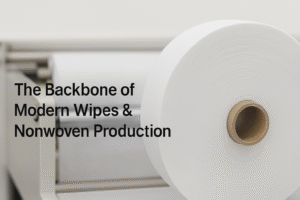Global manufacturers face a critical dilemma: rising costs in China versus Southeast Asia’s emerging opportunities. But which offers true cost-effectiveness? Let’s dissect the numbers and hidden risks.
Southeast Asia offers lower labor costs1 (30-50% below China) but faces infrastructure gaps. China retains supply chain depth2 and production efficiency advantages. Total landed costs depend on product complexity and logistics needs.
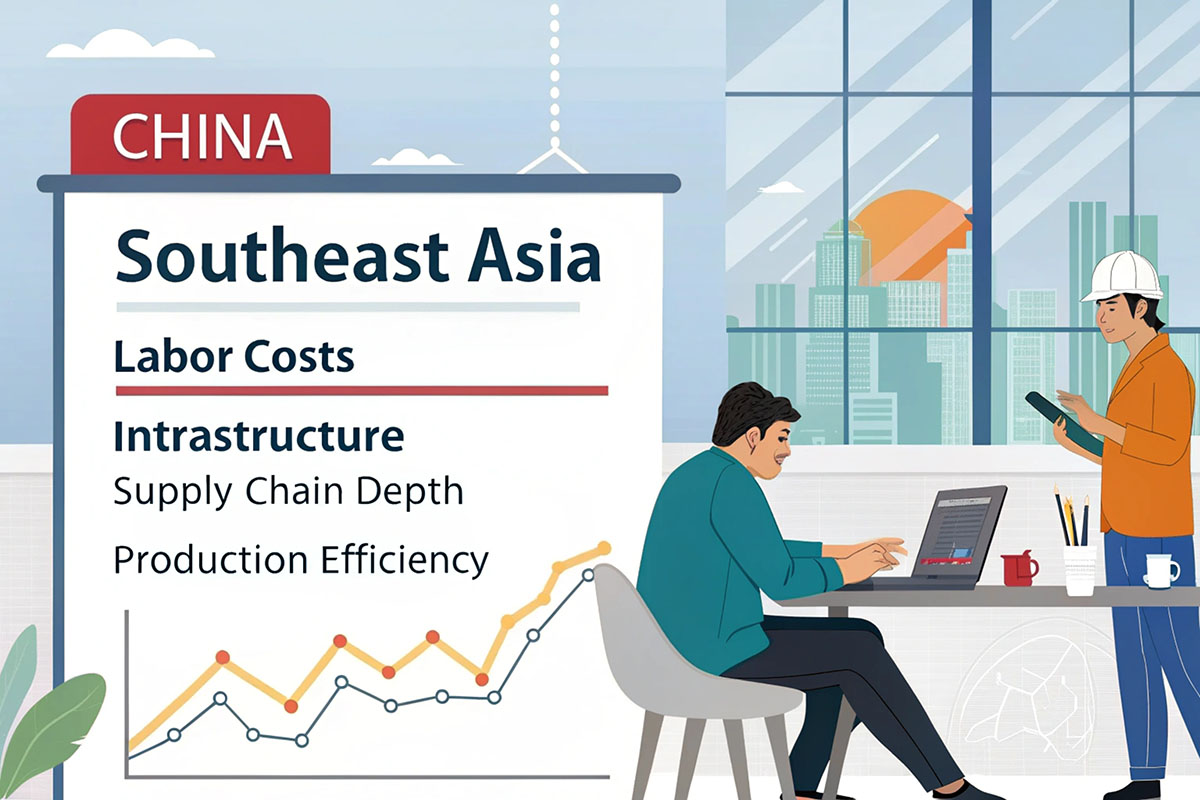
While headlines tout Southeast Asia as the "new China," smart manufacturers analyze four dimensions: labor economics, supply chain maturity3, geopolitical factors, and total operational risk4. Let’s examine the data-driven realities.
Is it cheaper to manufacture in China?
Factory owners report 18% YoY wage increases in Guangdong. But does this erase China’s cost edge? The answer requires looking beyond hourly rates.
China’s manufacturing costs remain competitive for tech-intensive goods through unmatched cluster efficiencies. Labor-intensive production shows 12-15% cost advantages in Vietnam/Indonesia.
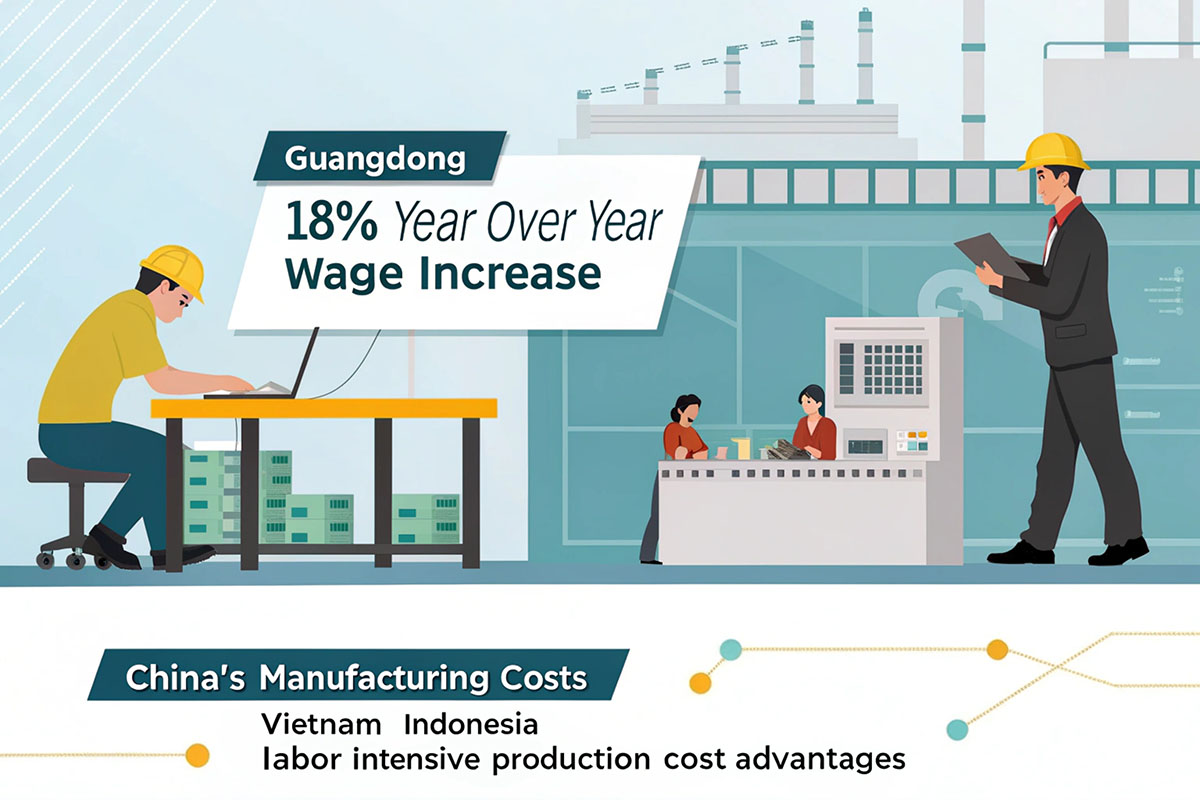
Three Cost Components Decoded
| Factor | China Advantage | SEA Advantage |
|---|---|---|
| Direct Labor | ▲ Skilled workers | ▼ 30-50% lower wages |
| Supply Chain | ▲ 1-3 day parts procurement | ▼ 7-15 day lead times |
| Energy Costs | ▼ $0.08-0.12/kWh | ▲ $0.05-0.08/kWh in Vietnam |
Our production of OEKO-TEX certified wipes5 shows China’s hidden value:
- 72-hour mold changeovers vs 8+ days in new SEA facilities
- 98% on-time delivery vs 82% average in ASEAN countries
- 0.2% defect rate6 versus 1.5% in developing factories
Is Vietnam or Indonesia manufacturing cheaper than China?
A Jakarta factory manager recently told me: "Our $180 monthly wages look attractive until you calculate productivity." Let’s quantify this.
Vietnam leads in low-cost labor7 ($150-250/month), Indonesia offers resource access. Both require 18-24 months to achieve Chinese productivity levels in technical manufacturing.
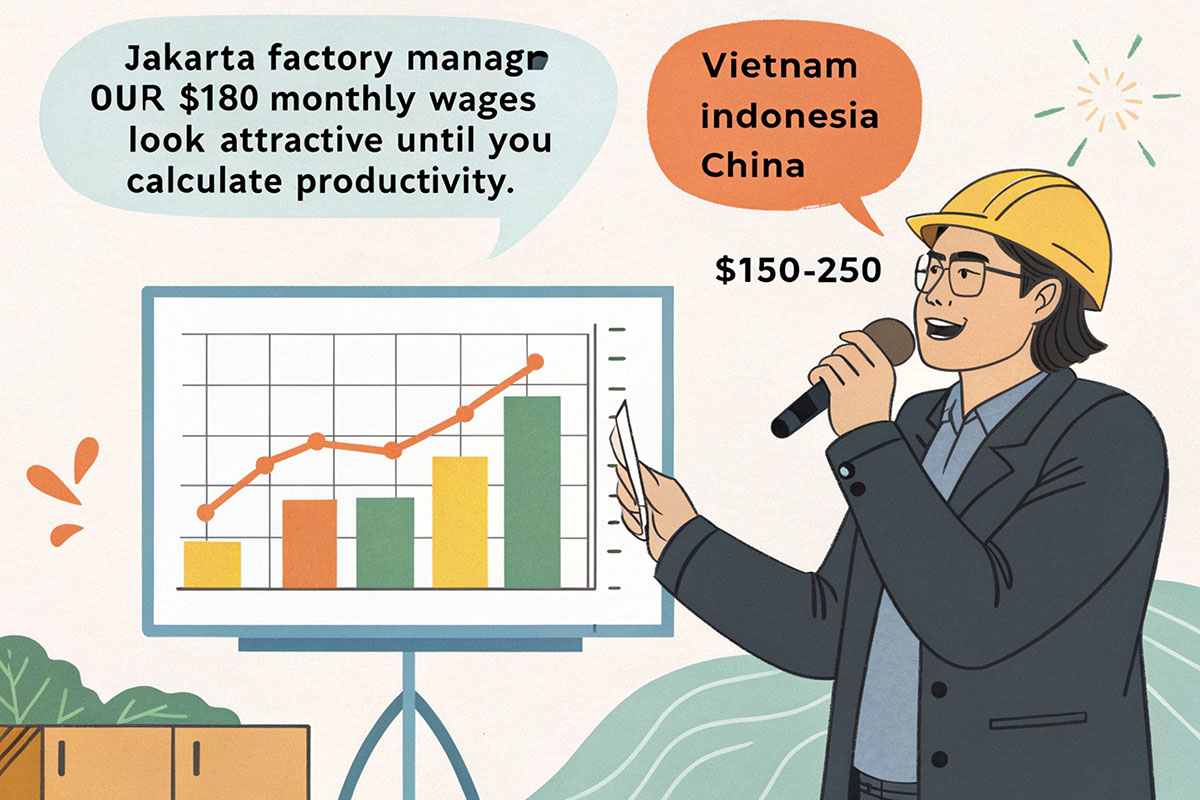
Productivity-Adjusted Labor Costs
| Metric | China | Vietnam | Indonesia |
|---|---|---|---|
| Monthly Wage | $550 | $220 | $180 |
| Units/Worker/Day | 1200 | 800 | 650 |
| Cost Per Unit | $0.46 | $0.28 | $0.28 |
Key observations from our 2023 production shift:
- Vietnamese workers needed 3x training time for automated wet wipe lines
- Indonesian customs delays added 11% to landed costs for EU clients
- Chinese suppliers resolved a material shortage in 48 hours vs 12 days in SEA
What are the negatives of manufacturing in China?
While auditing a Zhejiang factory, I discovered a 22% price hike masked as "tech upgrades." China’s challenges go beyond rising costs.
Key risks include 35% US tariffs since 2025, ESG compliance costs8 doubling since 2020, and IP protection gaps9 affecting 14% of foreign firms annually.
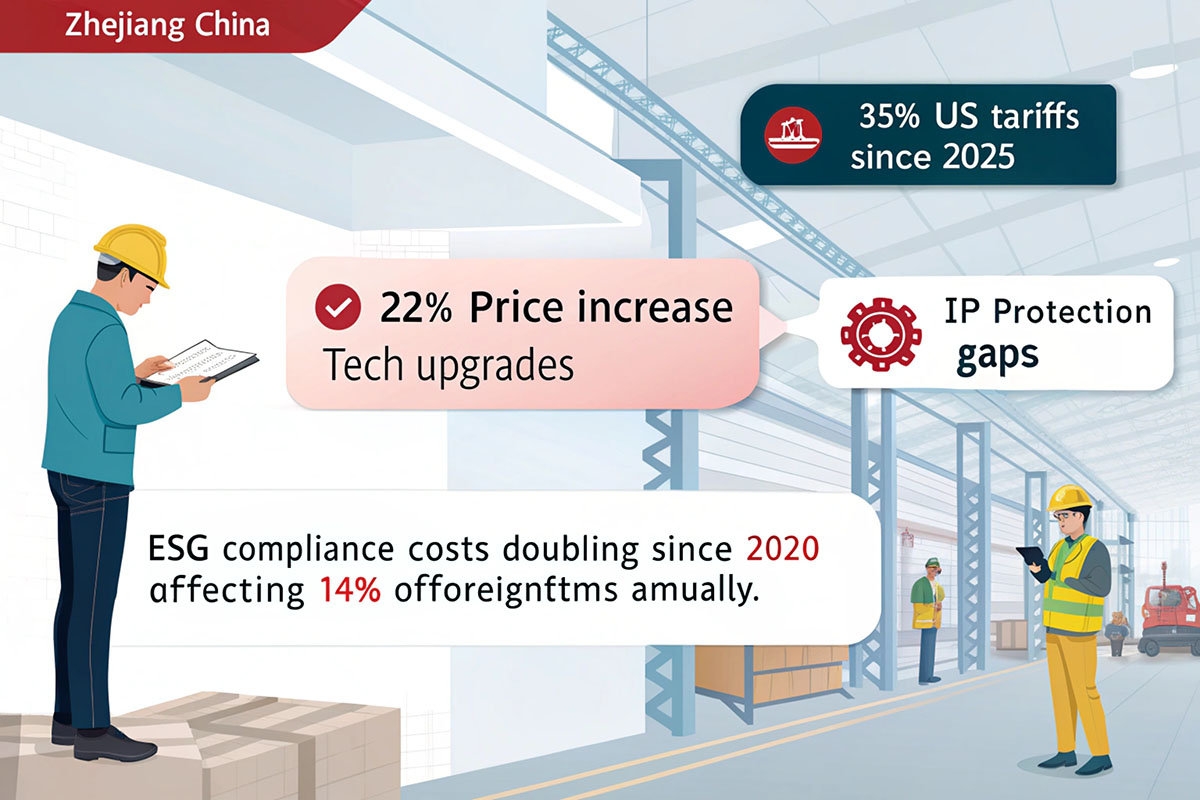
Mitigation Strategies for China Operations
| Risk | Impact | Solution |
|---|---|---|
| Trade Tariffs10 | ▲ 15-25% landed cost | ASEAN final assembly + Chinese components |
| Labor Costs | ▲ 10-18% YoY | Automation (ROI in 2-3 years) |
| ESG Compliance | ▲ $0.03-$0.12/unit | Partner with OEKO-TEX certified factories |
Our countermeasures:
- Established bonded warehouses in Rizhao port to bypass tariffs
- Implemented AI quality control reducing labor needs by 40%
- Achieved 100% renewable energy in Jiangsu plant
What are the pros and cons of manufacturing in Vietnam or in Indonesia?
During a Ho Chi Minh City factory tour, I witnessed both opportunities and pitfalls. Let’s compare these ASEAN leaders.
Vietnam excels in electronics11 (Samsung invests $18B), Indonesia leads in resource processing. Both require heavy upfront infrastructure investments.
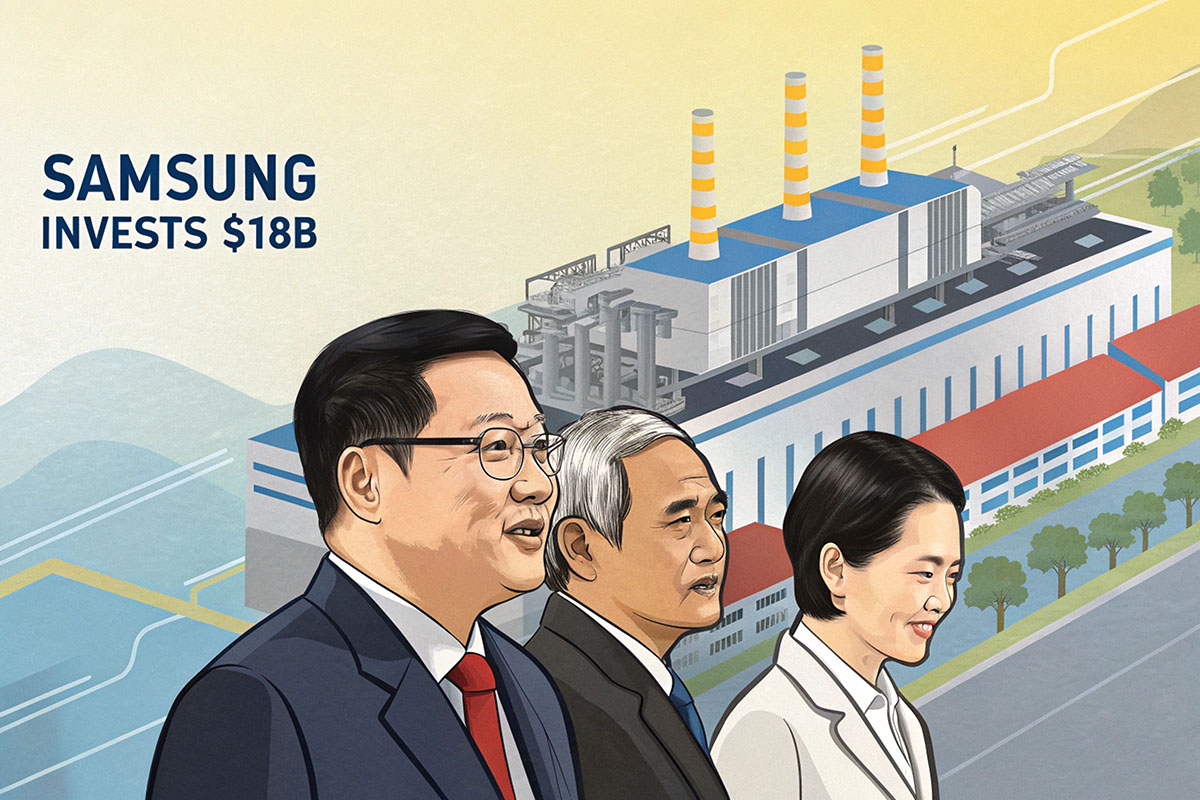
Strategic Fit Analysis
| Criterion | Vietnam | Indonesia |
|---|---|---|
| Labor Availability12 | ▲ 1.5M new workers/year | ▼ Skilled labor shortages |
| Logistics Costs13 | ▼ 8-12% of GDP | ▲ 15-18% of GDP |
| Raw Material Access14 | ▼ Import-dependent | ▲ Palm oil, nickel |
Case study: Our failed 2022 Vietnam expansion taught us:
- Required $2.1M electrical upgrades for production lines
- Lost 3 months resolving customs clearance issues
- Gained 17% cost savings after initial hurdles
The decision to invest in these regions should be based on specific project needs. While cost advantages are clear, I have learned that adapting to local market dynamics is equally important. The challenges in infrastructure and quality control require thorough planning. My approach has always been to balance cost with long-term strategic benefits. This comprehensive analysis of pros and cons helps me and my clients form a realistic view, enabling smarter investments in these rapidly evolving markets.
Conclusion
China maintains tech manufacturing supremacy while Southeast Asia offers labor cost savings with operational risks. Smart manufacturers adopt hybrid China+1 strategies balancing cost, quality, and resilience.
Elbert Zhao
Founder, ELBERT Wipes Solutions
📧[email protected] | 🌐 www.elbertwipes.com
8 production lines | 22 processing lines | OEKO-TEX certified | Walmart-approved supplier
-
Exploring this link will provide insights into how lower labor costs can impact manufacturing decisions and overall profitability. ↩
-
Understanding supply chain depth is crucial for manufacturers to make informed decisions about where to produce goods. ↩
-
Exploring supply chain maturity can provide insights into efficiency and cost-effectiveness for manufacturers in the region. ↩
-
Examining total operational risk helps manufacturers assess potential challenges and make informed decisions about their operations. ↩
-
Explore the significance of OEKO-TEX certification for wipes, ensuring safety and sustainability in production. ↩
-
Learn about the factors affecting defect rates to improve quality control in your manufacturing processes. ↩
-
Understanding the relationship between low-cost labor and productivity can help in making informed manufacturing decisions. ↩
-
Exploring ESG compliance costs helps businesses stay informed about sustainability regulations and their financial implications. ↩
-
Learning about IP protection gaps is essential for foreign firms to safeguard their innovations and investments in China. ↩
-
Understanding trade tariffs is crucial for businesses to strategize effectively and minimize costs. ↩
-
Discovering Vietnam’s strengths in electronics can guide investment decisions and operational strategies. ↩
-
Understanding labor availability trends can help in making informed investment decisions in these regions. ↩
-
Comparing logistics costs is crucial for evaluating the overall investment feasibility in these countries. ↩
-
Exploring raw material access can reveal potential supply chain advantages or challenges in these markets. ↩




